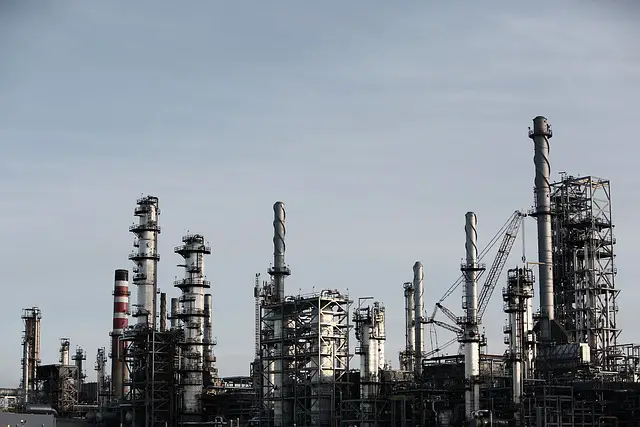Six Ways That Manufacturing Can Avoid Waste, Reduce Costs, and Save the Planet

All kinds of sectors are looking at ways of reducing their impact on the environment, such as lowering the amount of waste that is sent to landfills.
The manufacturing industry in particular is known for creating a lot of waste, so many companies in the sector are now finding ways of lowering and avoiding waste so that they can be eco-friendlier.
Furthermore, by reducing and preventing unnecessary waste, manufacturers can reduce costs. So, lowering waste output is both good for the environment and for the pockets of manufacturing companies.
If you operate a manufacturing facility, you’ll want to know the following six ways in which you can avoid waste, reduce costs, and contribute to saving the planet.
1. Manage Your Inventory More Efficiently
The more efficient you are in managing your inventory, the more you can minimize the amount of excess raw materials that you have in your stock and lower the quantity of hazardous materials that contribute to the amount of waste you generate.
So, only order the number of materials that you need for a designated time period.
You can use inventory management software to ensure you stay on top of your stock levels.
By ensuring you don’t generate excess stock that needs to be thrown away after a certain time, you will do your bit in helping the environment and significantly lower your costs.
2. Utilize Volume Reduction
When you utilize segregation methods to remove the hazardous elements of the waste you produce from the non-hazardous elements, you can reduce both the volume and the cost of your waste disposal.
The waste concentration technique can be used to increase the amount of materials that can be reused or recycled while the source segregation method ensures the different types of materials in your waste are treated separately.
3. Reduce the Amount of Packaging Materials You Use
One simple way of avoiding waste and reducing costs is to redesign the packaging of your products so that you only use the minimum amount of materials required.
You can also rethink the type of packaging materials you use and switch to eco-friendly options.
4. Adopt a Preventative Maintenance Strategy
It’s important that you incorporate preventative maintenance into your operations to ensure your machinery lasts for a long time.
If you don’t establish a preventative maintenance schedule, you’ll end up with equipment breakdowns.
When machinery fails completely, you will not only have to pay for replacement equipment. You’ll also be sending more materials to the landfill.
So, it’s always best to perform regular preventative maintenance so that you can avoid equipment downtime, which would affect your productivity, and prevent unnecessary waste.
5. Buy Used Equipment Where Possible
Even when you adopt a preventative maintenance strategy, you’ll need to replace machinery and tools at times. You may also need to buy different kinds of equipment for new production methods at different times.
Well, you can lower the cost of purchasing equipment by buying used equipment instead of brand-new items. That also means used equipment won’t end up heading to the scrap heap.
Reusing and recycling are two of the best ways of avoiding waste and saving the planet, after all.
So, if you need items like CNC control hydraulic press brakes or plasma cutters, look for vendors of top-quality used machinery to help you save money and contribute to saving the planet.
6. Reduce Your Water Usage
Lastly, wastewater and industrial sludge make up a significant amount of manufacturing waste streams, so look at ways in which you can minimize your water usage in your manufacturing operations.
For instance, you could utilize reverse osmosis, chemical drying agents, and dry machining.




